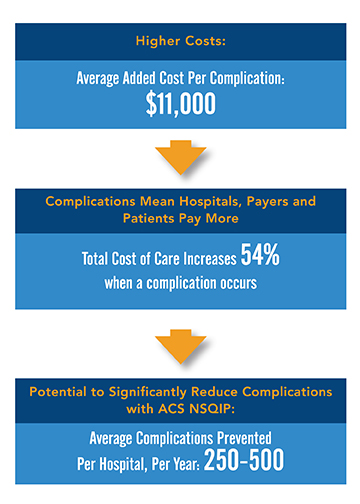Khuri’s discovery is worth repeating again and again.
He’s saying the postoperative care you provide in the ICU is more important than all the preoperative and intraoperative factors in determining survival after major surgery.
Which is why you need every advantage available to restabilize your patient quickly.
Provided it’s cost effective, of course.









